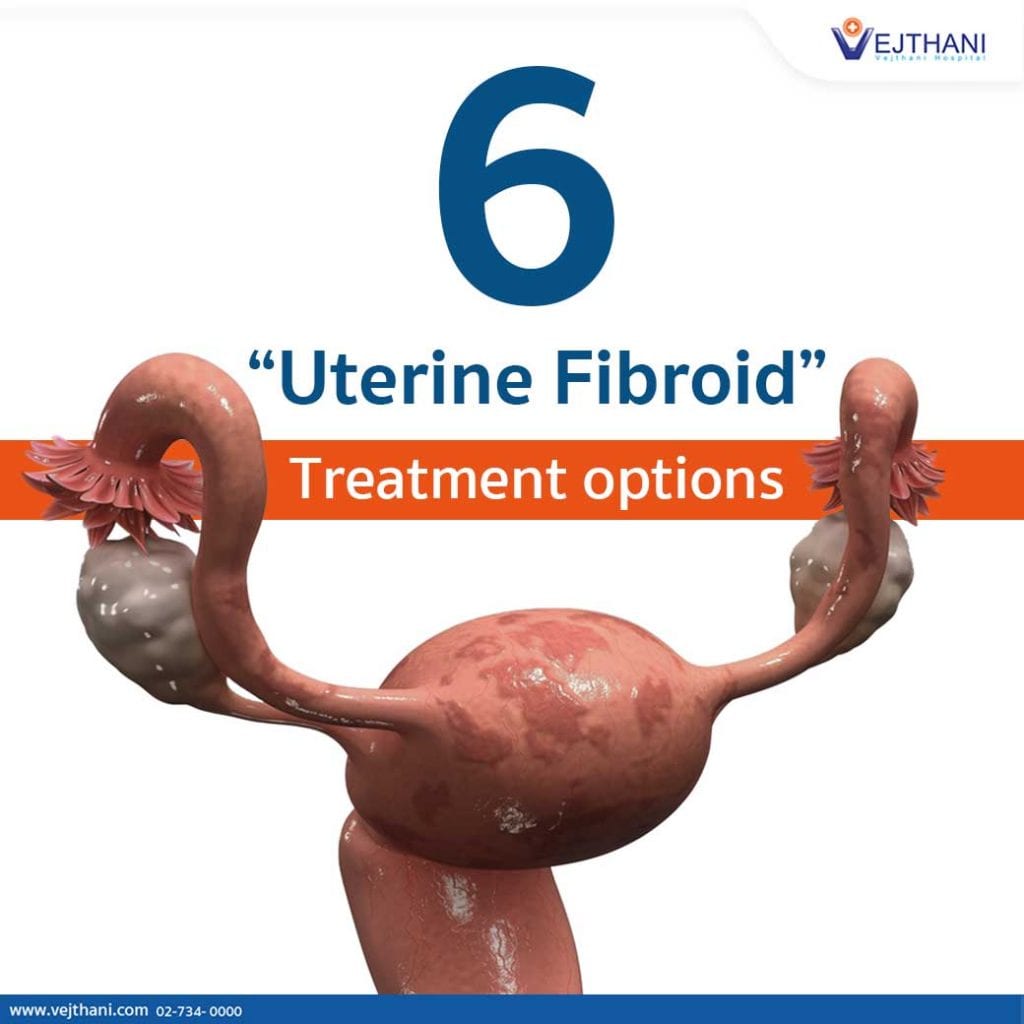Find Relief from an Enlarged Uterus: Expert Diagnosis and Treatment Options
Expert diagnosis and effective treatments for an enlarged uterus. Early care can relieve symptoms, support fertility, and improve quality of life.

When a uterine fibroid has been found, don’t panic because there are many treatment options for you to choose from.
In conclusion, the patient should consult with the doctor in order to receive a proper treatment and best outcome.
Women’s Health Center, Vejthani Hospital
Call 02-7340000 or Ext. 3200,3204
English Hotline: (+66)8-522 38888

Obstetrics and Gynaecology
Obstetrics Gynecology - Gynecologic Laparoscopy